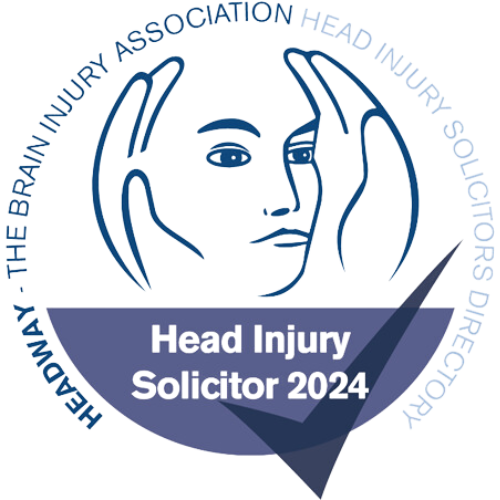Start your FREE Enquiry
Can I Make a Claim if I Wasn’t Wearing a Seatbelt?
It is the law to wear a seatbelt whilst travelling in a vehicle in the UK. Wearing a seatbelt can protect yourself and others from catastrophic injuries and even death. Some people do however choose not to wear a seatbelt and can sadly face serious injuries if they are involved in a road traffic accident.
As it is against the law to travel without a seatbelt, many people believe that they will not be able to make a claim if they were involved in a car accident without a seatbelt. You may in fact still be eligible to claim for some damages. True Solicitors explain the claims process.
When do I have to wear a seatbelt?
When travelling in a vehicle fitted with seatbelts, it is the law that you must wear one.
If you’re driving a vehicle and have children under the age of 14 travelling with you, you are responsible for ensuring that they wear a seatbelt or are seated in carry cot, car seat or booster cushion.
There are instances where you do not need to wear a seatbelt including:
- If you’re a passenger on a bus that doesn’t have seatbelts – i.e. most public transport bus services aren’t fitted with seatbelts.
- You are a delivery driver, travelling for less than 50 metres between making deliveries or collections.
- You have a medical exemption certificate.
- If you’re a licensed taxi driver who is ‘plying for hire’ or carrying passengers.
There are other exceptions for the emergency services, such as people driving ambulances, police cars and fire engines.
Can I make a claim if I wasn’t wearing a seatbelt?
It is possible to make a claim if you were in an accident without a seatbelt. However, the amount of compensation that you will receive is likely to be reduced to reflect this. This is because through wearing a seatbelt it is likely that your injuries would not have been as bad, you are therefore partly responsible for the extent of your injuries. This is known as contributory negligence.
What is contributory negligence?
Contributory negligence is the term given to describe a situation when both parties were to blame in some way for causing the accident or injuries.
For example if you are travelling as a passenger in a vehicle fitted with seatbelts, you choose not to wear one, and the vehicle is involved in a collision – you would have contributed to making your injuries worse. When making a claim, your opponent’s personal injury solicitor is likely to use this in their defence for reducing the compensation amount.
What are examples of contributory negligence?
There are many different scenarios when contributory negligence would apply, including:
- When a driver or passenger failed to wear a seatbelt which contributed to causing their injuries, or making their injuries worse.
- When a cyclist was involved in a collision with another vehicle at night, but did not have the appropriate lights fitted to their bike – so couldn’t be seen by other motorists.
- When a pedestrian stepped out into the road into the path of an oncoming vehicle.
- When a passenger is injured in a road accident when they were aware that the driver was under the influence of alcohol or drugs.
How much will my claim be worth?
The amount of compensation that you could receive is dependent on the individual circumstances of your case. Your solicitor will quantify the value of your claim based on the severity of your injuries, your lost income and rehabilitation needed.
If contributory negligence is factored into your claim then the amount of compensation that you could receive will be reduced by a certain percentage of the total. The percentage amount is not a set amount but the courts generally advise the following:
- A reduction of 25% if your injuries would have been avoided by wearing a seatbelt.
- A reduction of 15% if your injuries would have been less serious if you has been wearing a seatbelt.
- There should be no reduction in the amount of compensation that you may receive if your injuries would have been exactly the same if you were, or were not, wearing a seatbelt.
Is there a time limit for making a claim?
Claims should be started within three years from the date of the accident. There are exceptions to the rule for children and those deemed mentally incapacitated to make a claim themselves.
A parent or guardian can make a claim on the behalf of their child at any time before they turn 18. After the child turns 18 they have 3 years to make the claim themselves.
There is no time limit to make a claim on the behalf of someone is deemed mentally incapacitated to make a claim themselves.




